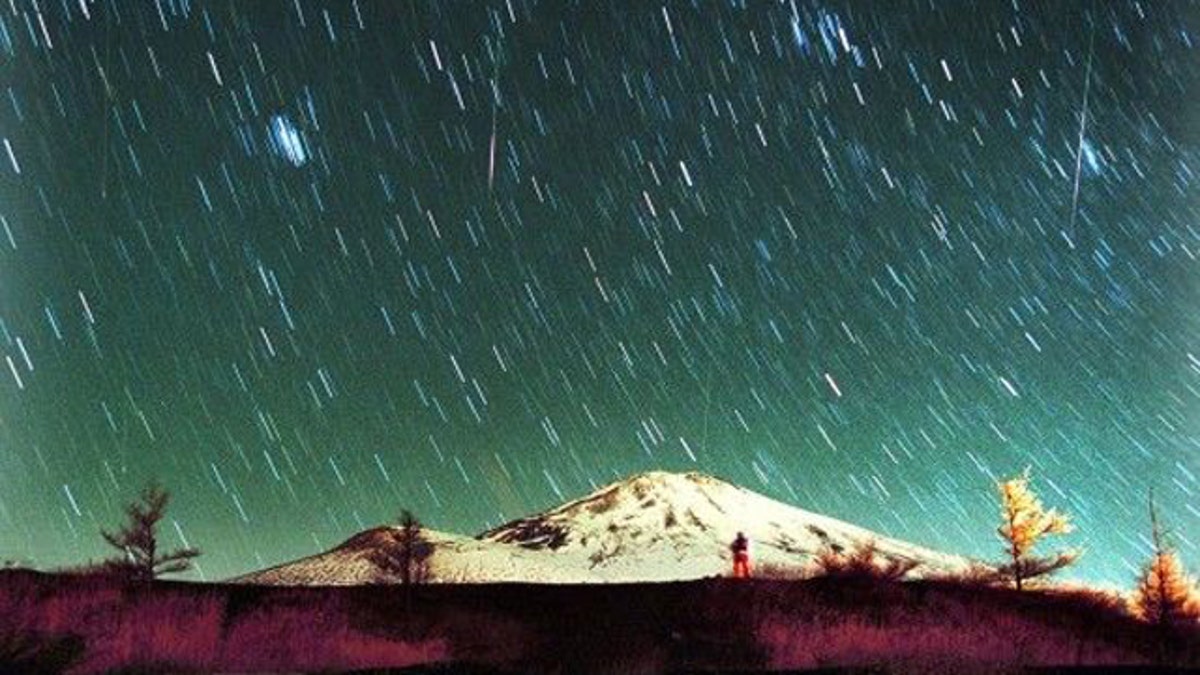Leonid meteor shower peaks this weekend: How to catch the 'bright' spectacle
{{#rendered}} {{/rendered}}Keep your eyes peeled this weekend: If you're lucky, you may catch a glimpse of fireballs shooting across the night sky as the annual Leonid meteor shower makes its glorious return.
The meteor shower, which contains debris from Comet Tempel-Tuttle, will be visible Saturday night and early Sunday morning. Earth will cross the "thickest part" of the Leonid meteors around 7 p.m. ET Saturday, Space.com reports, though you'll have the clearest view after midnight.
Viewers can expect to witness about 20 meteors per hour during the peak of the show, according to AccuWeather blogger Dave Samuhel.
{{#rendered}} {{/rendered}}BREATHTAKING VIDEO CAPTURES METEOR EXPLODING IN NIGHT SKY: 'IT'S A ONCE-IN-A-LIFETIME THING'
"The Leonids are often bright meteors with a high percentage of persistent trains," the American Meteor Society says.
Here's everything you need to know about the starry spectacle.
{{#rendered}} {{/rendered}}How are meteors formed?
A meteor forms when a meteoroid, a type of space rock that breaks off from an asteroid — a rocky body orbiting the sun — enters Earth's atmosphere. As soon as the space debris crosses over, it breaks down into what scientists call a "meteor," which then vaporizes and — as a result of friction — appears as a bright streak of light in the sky.
"Because of their appearance, these streaks of light some people call meteors 'shooting stars,'" NASA explains in a blog post. "But scientists know that meteors are not stars at all — they are just bits of rock!"
Why is it called the "Leonid meteor shower"?

Leonid meteors are seen streaking across the sky over snow-capped Mount Fuji, Japan's highest mountain. (AP Photo/Itsuo Inouye)
"This shower is called the Leonid shower because the meteors seem to come from a point in the constellation Leo," NASA states online.
{{#rendered}} {{/rendered}}When can I see the Leonid meteor shower?
Your best bet at witnessing a fireball in action will be on Nov. 17 and Nov. 18 — when the shower reaches its peak. You’ll be able to see the most meteors after midnight on Nov. 17.
The shower will be visible across the country, though pollution, weather and the Moon could cloud the sky and prevent you from catching the show.
Since the Leonids will "radiate from the northeast," Accuweather says people in the western and southeastern part of the U.S. will have the best visibility.
{{#rendered}} {{/rendered}}How can I watch it?
Unlike solar eclipses, which requires special equipment to view the astrological event, you don't need anything to spot this celestial event.
"Get to a dark spot, get comfortable, bring extra blankets to stay warm, and let your eyes adjust to the dark sky," NASA suggests. "A cozy lounge chair makes for a great seat, as does simply lying on your back on a blanket, eyes scanning the whole sky."

